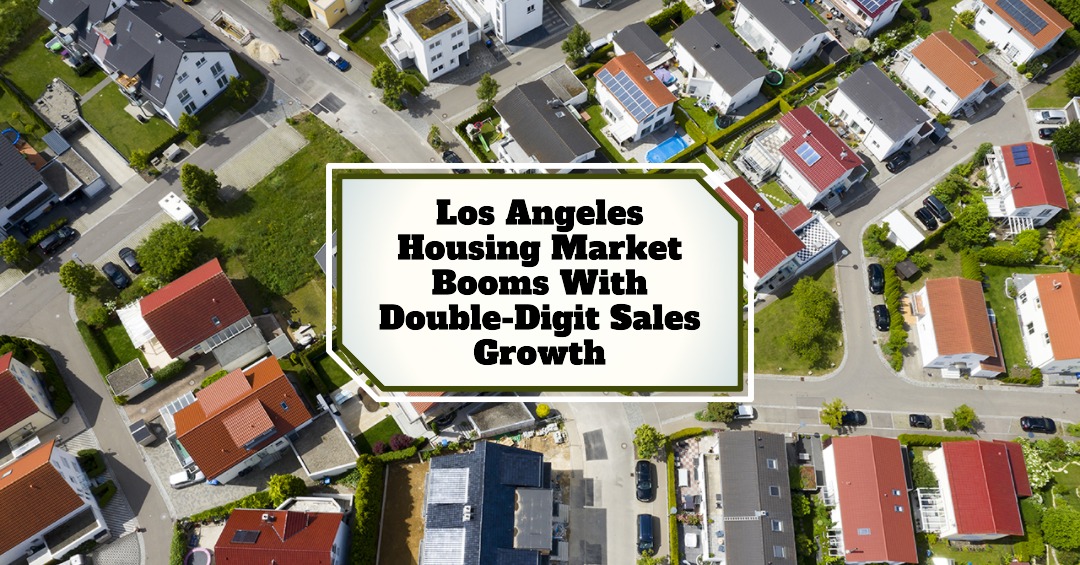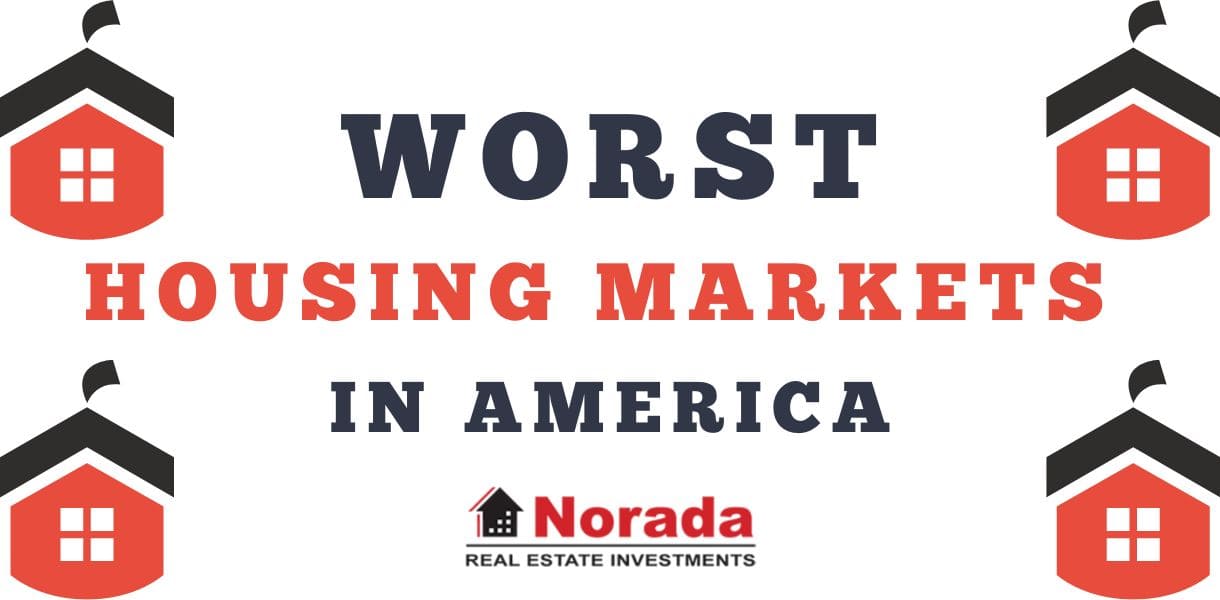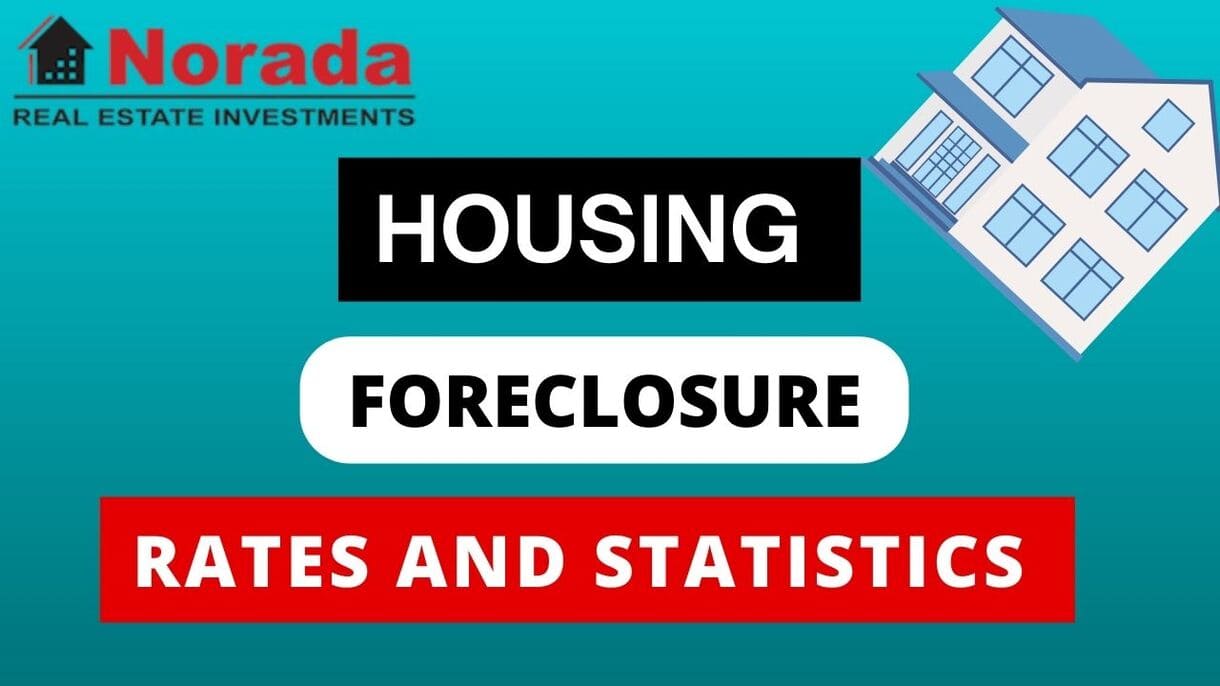The Los Angeles housing market has seen a significant uptick in sales, recording impressive double-digit growth. This isn't just a minor blip; it’s a clear sign that more homes are changing hands and that demand is picking up steam. For anyone involved in buying or selling a home in the City of Angels, understanding these trends is crucial to making smart decisions. This surge indicates a more active market, but importantly, it’s happening while prices are still relatively stable and inventory is slowly increasing, creating a fascinating dynamic.
Los Angeles Housing Market Booms With Double-Digit Sales Growth
Digging into the Numbers: A Closer Look at September's Performance
The California Association of REALTORS® (C.A.R.) recently released its September 2025 resale housing report, and the data for Los Angeles is particularly encouraging. Across the entire state, existing single-family home sales jumped by 6.6% compared to the previous year. But when you zoom in, Southern California, which includes Los Angeles, saw sales climb by an even more robust 11.3%. Individually, Los Angeles County itself experienced a fantastic 13.8% increase in home sales year-over-year, with the Los Angeles Metro Area not far behind at 10.6% growth.
This jump in sales is significant because it follows a period where the market had been a bit sluggish. According to C.A.R., September marked a rebound after five consecutive months of year-over-year sales declines statewide. Seeing such a strong performance in Los Angeles, a key economic driver for the state, is a powerful signal about the market's health and resilience.
LA Home Prices: A Steady Hand in a Busy Market
While sales are soaring, it's interesting to note what's happening with prices. Statewide, the median home price saw a modest 1.8% increase year-over-year, reaching $883,640. In the Los Angeles Metro Area, the median price ticked up by 2.5% to $830,000, and for Los Angeles County, it rose 2.4% to approximately $983,230.
This is a crucial point: the substantial increase in sales isn't being driven by a runaway price surge, which could signal an overheated market. Instead, steady price appreciation combined with higher sales volume suggests a market that is finding its balance. In my experience working with clients, this is the sweet spot. Buyers feel they can make a move without being priced out by exorbitant increases, and sellers are encouraged by the activity and decent sale prices.
Inventory and Days on Market: Signs of a Shifting Balance
Let's talk about supply. The Unsold Inventory Index (UII) for California overall dipped slightly in September to 3.6 months, meaning it would take 3.6 months to sell all the homes on the market at the current pace. While this is down from August, it's flat year-over-year. What’s more, active listings have been rising for 20 consecutive months, though the growth rate is slowing.
For the Los Angeles Metro Area, the UII was 3.8 months, also flat year-over-year. This indicates that while there are more homes available than a year ago, the pace of new listings is moderating.
The time it takes to sell a home is also telling. Statewide, it took 32 days to sell a single-family home in September, up from 24 days in September of the previous year. In the Los Angeles Metro Area, it took 34 days, also an increase from 26 days a year ago.
What this means: We're moving away from a hyper-seller's market where homes flew off the shelves in days. The double-digit sales growth is happening in a market where inventory is growing but not explosively, and homes are sitting on the market a bit longer than last year. This suggests that while sellers still have an advantage in many areas, buyers have a little more breathing room and time to make informed decisions. It's less about immediate bidding wars and more about strategic offers.
Buyer's vs. Seller's Market: A Nuanced Picture
Historically, a sales-to-list-price ratio of 100% or above meant homes were selling at or above asking price, a hallmark of a strong seller's market. Statewide, this ratio in September was 98.2%, down from 100% a year prior. In the Los Angeles Metro Area, the provided data doesn't give a specific ratio, but the trend suggests a slight shift.
My take on this is that while demand is high, indicated by those impressive sales numbers, buyers are not necessarily being forced to overbid. The increase in days on market and the sales-to-list price ratio hint at a market that's becoming more balanced. Sellers need to price their homes realistically and be prepared for more negotiation, while buyers can be more confident that their offers will be considered fairly, even if they aren't over asking. So, while still competitive, it's not the frantic frenzy we've seen in past years.
Factors Influencing the Market
So, why the surge in sales? Several factors are likely at play:
- Mortgage Rates: C.A.R. noted that mortgage rates are hovering in the low 6% range, their lowest point since last October. Even with slight increases recently, these rates make homeownership more accessible. For buyers, lower rates mean a lower monthly payment, which can significantly impact affordability.
- Economic Stability (Relative): While there are always economic uncertainties, the job market has remained relatively stable in many parts of California, providing consumer confidence. People who have been on the fence might feel more secure in making a major life decision like buying a home.
- Pent-Up Demand: After a period of slower sales, there's likely a backlog of buyers who are now ready to enter the market. This accumulated demand, combined with favorable rates, can lead to a sudden increase in transactions.
- Seasonal Trends: September is often a strong month for real estate as families settle back in after summer and before the holidays. This natural seasonal bounce-back can amplify underlying market strengths.
Looking Ahead: What's Next for Los Angeles Real Estate?
As economists mentioned, steady mortgage rates will likely keep demand boosted heading into the fourth quarter. However, broader economic factors will influence the pace of recovery. The fact that Los Angeles County and the metro area are leading the charge with significant sales growth is a testament to the region's enduring appeal. It suggests a market that is not only recovering but is robust and dynamic. I'm optimistic that this trend, driven by a healthy mix of demand and a more balanced supply, will continue to define the Los Angeles housing market as we move forward.
“Invest in Turnkey Real Estate Outside California for Better Cash Flow”
Turnkey properties let you start earning rental income from day one—no renovations, no tenant hunts, no management headaches.
Work with Norada Real Estate to find vetted, cash-flowing markets tailored to your goals—so you can build steady returns without the stress.
HOT NEW LISTINGS JUST ADDED!
Speak with a seasoned Norada investment counselor today (No Obligation):
(800) 611-3060
Recommended Read:
- Los Angeles Housing Market: Forecast and Trends 2025-2026
- Los Angeles Housing Market Cools as Buyers Pullback in 2025
- Impact of Wildfires on the Los Angeles Housing Market in 2025
- Minimum Qualifying Income to Buy a House in Los Angeles is $219,200
- Top 5 Richest Cities in the Los Angeles County
- 20 Wealthy Neighborhoods in Los Angeles
- Average Home Price in Los Angeles
- Unveiled: The Top 5 Richest Cities in Los Angeles County You Need to Know About
- Minimum Qualifying Income to Buy a House in Los Angeles is $219,200





